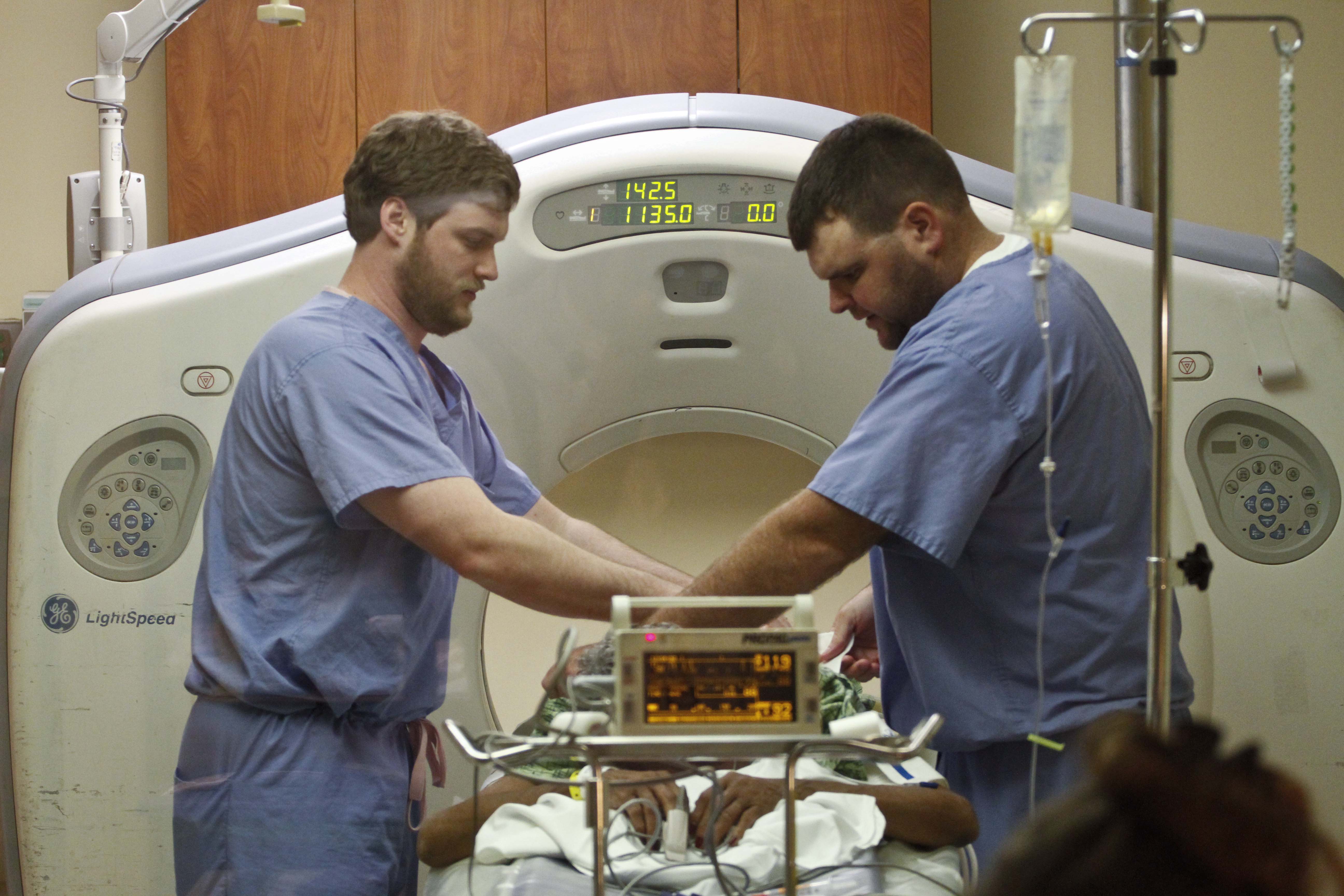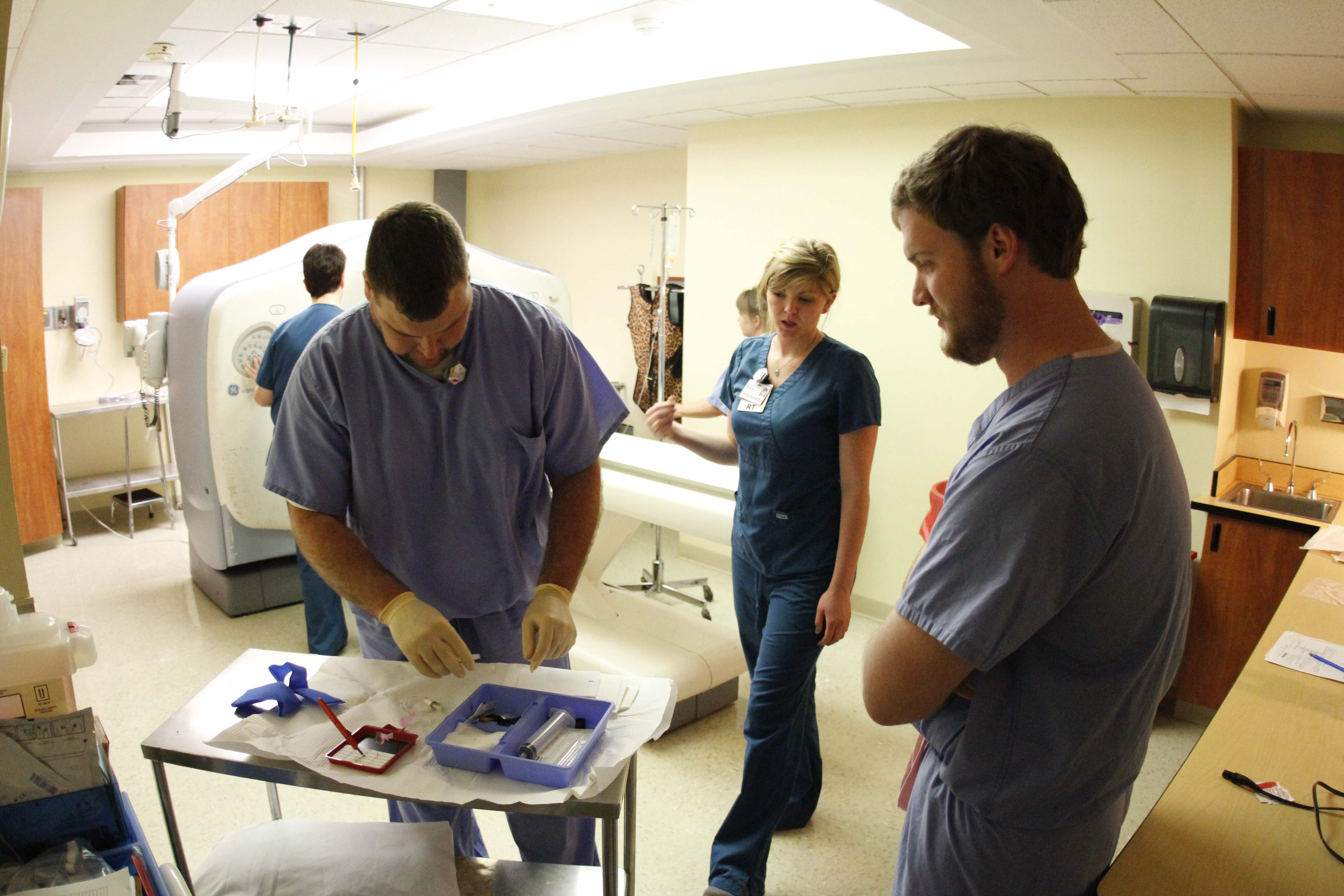Doctor residencies fall short of demand
Friday, January 1, 1904
BY THE NUMBERS* 2012 -- 98.5 percent medical students match to a residency; 262 students are left with no position.* 2013 -- 97 percent of medical students match to a residency; 572 students are left with no position.Source: National Resident Matching Program
As the clock's hands ticked toward noon on March 15, about 150 University of Tennessee College of Medicine fourth-year students nervously gripped envelopes that spelled out their futures for the next several years.
They had spent the last six months filling out applications and traveling to interviews across the country. They had submitted their test scores, fielded letters of recommendation and ranked their top picks for medical specialties, from obstetrics to geriatrics.
It all came down to that Friday -- known as Match Day -- at noon, when students across the country tore open their envelopes and found out their fates, chosen by a computer algorithm.
The match inside those envelopes determines what type of doctors students will become and where they will train. In many cases it determines where they will settle down, since many residents end up practicing where they complete their residencies.
But for half a dozen UT medical school graduates this year, there were no envelopes -- no residencies.
It's not that they were unqualified, says David Seaberg, dean of Chattanooga's UTCOM campus. It's that there are too many students for the number of residencies.
It is the largest number of unmatched students the university's program has seen. And it wasn't just at UT.
This year, 528 seniors across the nation were left with no matches, compared to 262 last year, according to the National Resident Matching Program, the private nonprofit whose computers pick the pairs.
And the mismatch could grow.
Reacting to fears about a national doctor shortage, the number of medical schools and their class sizes have grown in the last several years.
But the number of federally subsidized residencies has not kept pace.
"The spigot for doctors is not based on medical schools. It's based on residency positions," Seaberg said. "There's a growing need for doctors, but we're not training them."
The problem doesn't just affect med school students -- who on average graduate with $177,000 in debt.
It affects patients in a time when the population is aging and access to primary health care is more gridlocked than ever. And it means that the worries of a doctor shortage are starker than ever, Seaberg says.
The NRMP's executive director, Mona Signer, said she is "aware of concerns among medical schools" about the shortage of residencies.
"Almost 1,000 more U.S. seniors were competing for positions in 2013 than in 2012," she explained in a statement.
About 150 students are in this year's graduating class at UT. Incoming classes are accepting about 165 students.
Yet most hospitals just don't have the means to expand their residency programs.
The bulk of graduate medical education is funded through Medicare. But that funding has been frozen since the Balanced Budget Act of 1997. Distribution models have not been modified since then, though hospitals' need for residents has grown.
Erlanger Health System, for example, has 152 federally funded residency spots, but says it needs at least 173.
The hospital has used money from other foundations and government agencies like the U.S. Department of Veterans Affairs. But there's not enough of that to meet ballooning demands from medical schools.
VYING FOR A SPOT
The residency application process can be grueling. Most students apply to 20 to 30 programs. They hope to get at least 10 interviews, then list the programs they want to join.
Steve Greer, who is about to graduate from UT med school, said instructors and administrators carefully counseled the students to make strategic selections. Have backup plans, they said. Be careful about what specialties you choose.
"Part of it is knowing how competitive you are," said Greer, who is finishing rotations at Erlanger. "It may not be in the cards for you to go for something really competitive if your grades aren't good enough."
That's because the various residency program directors make their own list of top choices. A computer puts together each side's top picks into matches.
Then everyone waits for Match Day.
"You're just hoping that fate is going to work out and you're going to match, and it's going to be somewhere you're happy. It's kind of scary," said Valerie Stine, another graduate-to-be.
Stine and Greer got their top picks. Stine will spend a transitional year at Erlanger and then will head to Wake Forest University for a residency in radiology. Greer will spend the next six years in an Erlanger general surgery residency.
But both saw classmates and friends go through the heartbreak of not being matched.
"There were several I know that just kind of got blindsided by it. They're just having to scramble and try to figure out what they're going to do next year," Greer said.
UT officials said several of those students have found programs that will funnel them into a residency; others are pursuing research and will try again next year. All still want to practice medicine.
IMPACT ON PATIENTS
The residency shortage especially worries advocates for family practices and primary care -- the main access point for Americans seeking health care, and the field most impacted by a doctor shortage.
The Association of American Medical Colleges estimates the nation will have a shortage of 62,900 doctors by 2015 and as many as 140,000 by 2025.
"We're looking at an impending crisis," said Perry Pugno, vice president for education for the American Academy of Family Physicians. "We are at a critical breaking point in health care access."
While students angle for better-paying specialties, the number of primary care physicians has fallen steeply over the last decade.
Seaberg acknowledged that in Chattanooga, primary care is the field most vulnerable to a shortage. And the lack of slots for American students makes it even harder for foreign medical students, who make up a large percentage of primary care doctors in the U.S.
Some U.S. lawmakers are trying to add 15,000 more federally funded residencies at a cost of about $1 billion a year. That bill, introduced in March, now lingers in committees in both houses.
Pugno says such a law is necessary, but it needs to prioritize toward fields like primary care.
"We don't just want to expand positions," he said. "It needs to be leveraged to the specialties that are in short supply."
Seaberg said getting more federal funding at this point is unlikely. Hospitals need to be more creative about finding funding for residencies -- like health care providers and insurers paying into a pool that would distribute funds for residencies.
"We need to start being innovative," he said. "We really don't have much choice."
Contact staff writer Kate Harrison at kharrison@timesfreepress.com or 423-757-6673.


